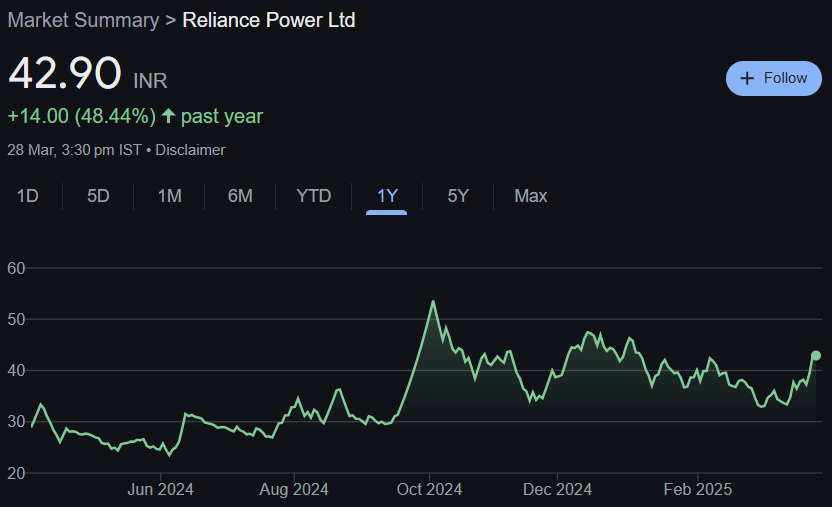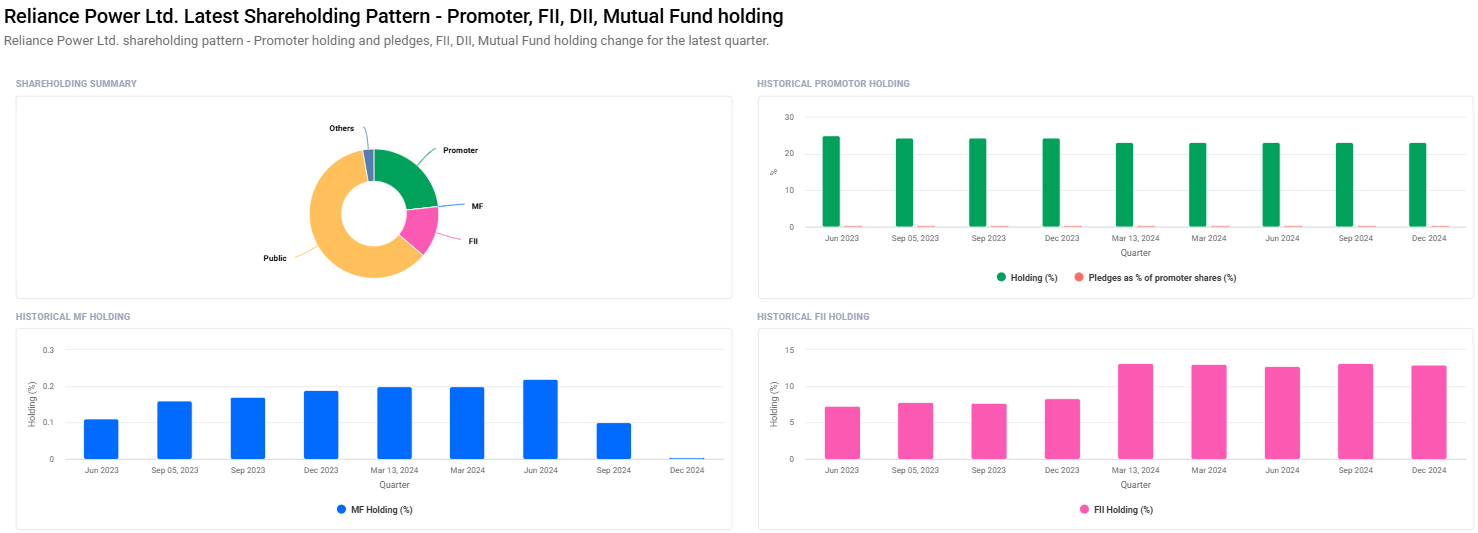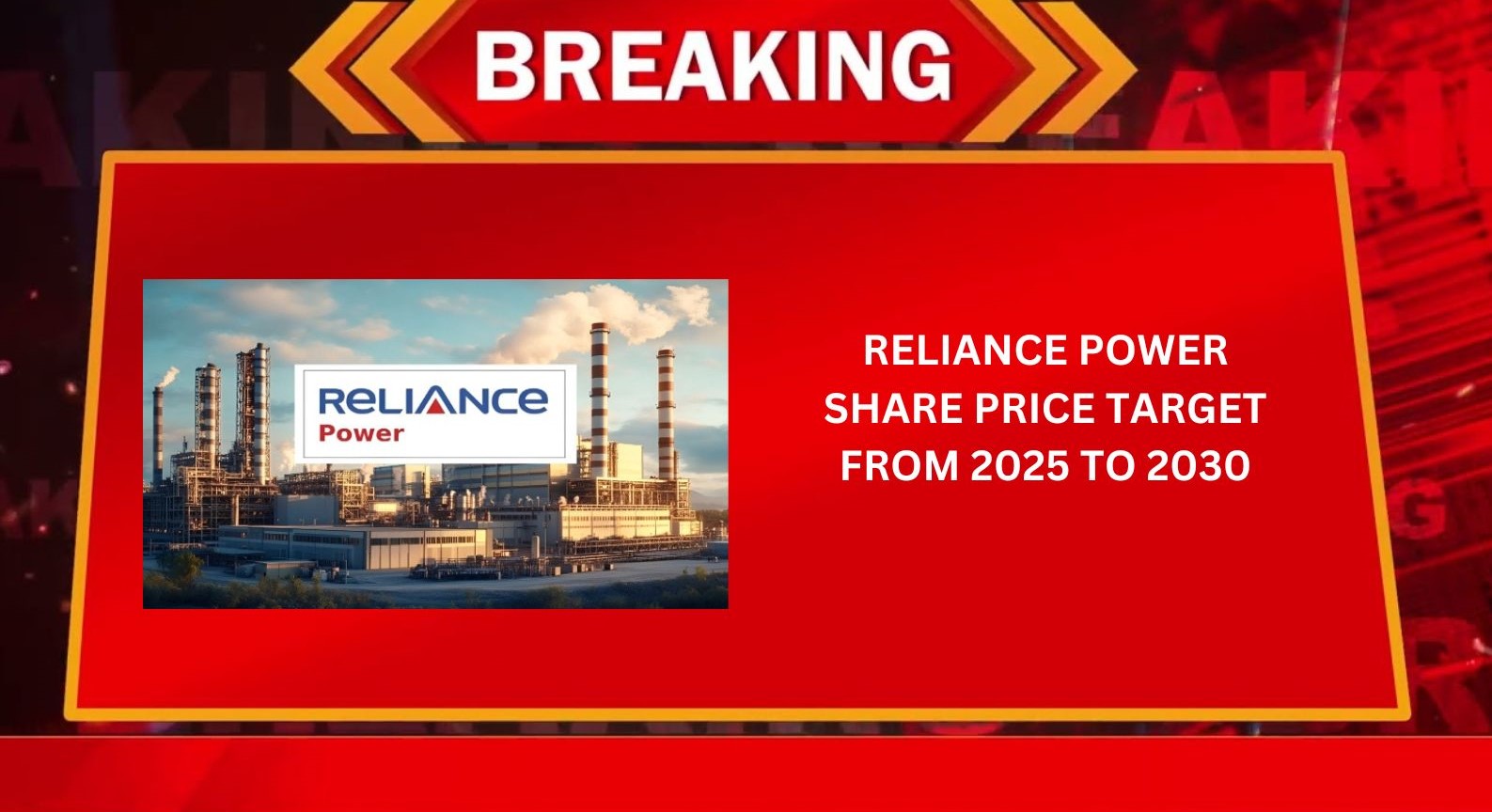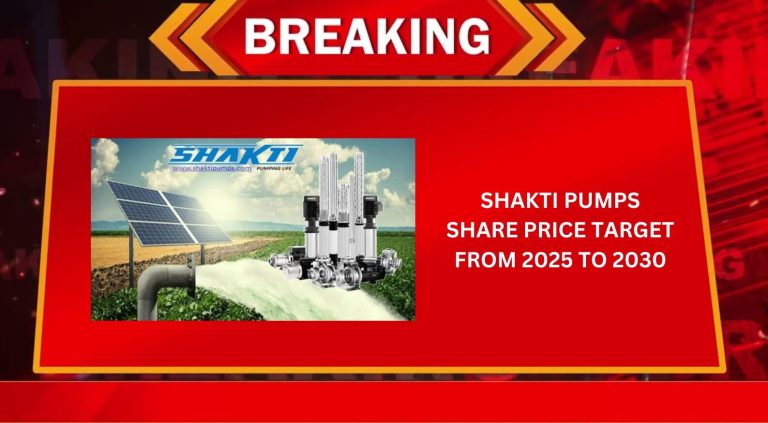Reliance Power Share Price Target From 2025 to 2030
Reliance Power Share Price Target From 2025 to 2030: Investment in the share market is all about timely information on a company’s finance, market situation, and potential growth opportunities. Among investors’ favorite shares is Reliance Power Ltd., which is a constituent of the Reliance Group with business in power generation and distribution activities.
This article gives an in-depth Reliance Power analysis, including current share price, fundamentals, technicals, and share price outlook in 2025-2030. You will be confident after going through this whether or not this stock is worth the investment in the future.
Company Overview and Market Position
Reliance Power Ltd. is the largest private power generation company in India with a diverse portfolio of thermal, hydro, and renewable energy initiatives. The company previously suffered from stress brought on by high debt and regulatory issues, but recent past debt restructuring along with improved operating efficiency has boosted investor confidence.
Strengths:
- Strong installed power generation capacity distributed across some of India’s states.
- Diverse energy portfolio with renewable energy initiatives.
- Government initiatives towards power sector reforms and growing electricity demand.
- Brand presence in Reliance Group.
Stock Market Performance in Recent Past
Reliance Power share performances have been fluctuating, depending upon market mood and general economic moods. Below are some of the most important performance figures:
- Current Market Price: ₹42.90
- 52-Week High: ₹53.64
- 52-Week Low: ₹23.30
- Market Capitalization: ₹17,269 Crore
- P/E Ratio (TTM): 7.12 (lower than industry standard of 23.17)
- Book Value: ₹35.83
- Debt-to-Equity Ratio: 1.04
- Promoter Holding: 23.26% (unchanged)
- Foreign Institutional Investors (FII/FPI): 12.96% (came down marginally)
The stock has risen 48.44% in last one year, indicating robust investor demand irrespective of sectoral tailwinds.

Technical Analysis of Reliance Power Stock
- Day Momentum Score: 59.8 (Neutral)
- Relative Strength Index (RSI): 68.0 (close to overbought level)
- MACD (Moving Average Convergence Divergence): 1.0 (Bullish Signal)
- Money Flow Index (MFI): 79.4 (Overbought, i.e., possible pullback)
- Average Directional Index (ADX): 23.3 (Weak trend)
- Rate of Change (ROC 21 Days): 17.7 (Positive momentum)
- Rate of Change (ROC 125 Days): -7.3 (Long-term bearish trend)
Explanation:
Reliance Power is in a bullish trend but will see some consolidation or pullback in the near term. A good breakout above ₹52 can lead to further upmove.

Reliance Power Share Price Target (2025-2030)
On the basis of fundamental and technical analysis, the following are the share price targets of Reliance Power estimated:
| YEAR | SHARE PRICE TARGET (₹) |
| 2025 | ₹60 |
| 2026 | ₹90 |
| 2027 | ₹120 |
| 2028 | ₹150 |
| 2029 | ₹180 |
| 2030 | ₹210 |
Assumptions include enhanced financials, debt recast, government policy, and India power demand upgradation.
Investment Strategy – Buy or Not?
Short-Term Investors (1-2 Years)
- Risk Level: High
- Strategy: Be price action sensitive and buy above ₹50 for potential returns.
- Exit Target: ₹60-90 (2025-2026)
Medium-Term Investors (3-5 Years)
- Risk Level: Moderate
- Strategy: Buy on dips and hold for operating dominance.
- Exit Target: ₹120-150 (2027-2028)
Long-Term Investors (5+ Years)
- Risk Level: Low
- Strategy: Hold for long-term appreciation as India’s power sector matures.
- Exit Target: ₹180-210 (2029-2030)
Risks and Challenges
While Reliance Power has growth prospects, investors should be wary of the following risks:
- High Debt Levels: The company must manage its finance commitments well.
- Regulatory Changes: Government policy regarding energy price and renewables can influence earnings.
- Market Volatility: The stock has been volatile in the past, and investors will have to be long-term focused.
- Foreign Investor Sentiment: The decline in FII holdings could reflect foreign investor bearishness.
Frequently Asked Questions (FAQs)
1. Reliance Power, is it a good investment?
Reliance Power is a high-risk, high-return stock. It is with plenty of growth potential, and investors should take into account the company’s plans of restructuring finances before investing in it.
2. Reliance Power target price by 2025 is?
The price target of 2025 is justified at ₹60, as the market conditions are good with the betterment in the operation.
3. Will Reliance Power reach ₹200 by 2030?
Based on the growth rates as of now, Reliance Power will touch ₹210 by 2030 if Reliance Power can deliver the growth in the operation and the debt reduction.
4. What are some of the reasons which can influence Reliance Power’s share price?
The key ones are regulation policy, mood of investors, accounts, and power consumption.
5. Reliance Power versus other power sector stocks?
Reliance Power is cheaper than its peer group, has a lower P/E ratio, and more debt than other power stocks, which is a risky factor.
6. Is Reliance Power a long-term investment?
Yes, long-term investors (5+ years) have possible upside for Reliance Power if India’s power sector keeps on growing.
7. Investment risk in Reliance Power:
- High debt-to-equity ratio.
- Regulatory and policy volatility.
- Market volatility and power tariff volatility.
Final Verdict – Is Reliance Power a Good Investment?
Reliance Power is growth-oriented on opportunities but risk-averse on debt, and the investor can wait for financial restructuring, market movement, and regulatory change before issuing a buy call. Short-term traders can make money from volatility, but long-term investors can observe turnaround in business as well as business improvement in the sector.
Overall, Reliance Power is a buy for the long term since they have the risk-taking ability along with the acceptability of risk and volatility.







